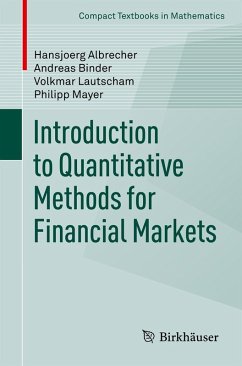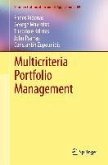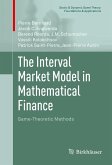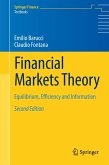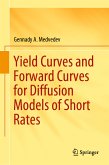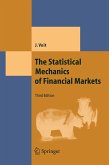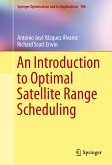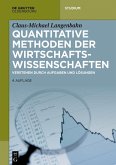In particular, the exposition is tailored for classroom use in a Bachelor or Master program course, as well as for practitioners who wish to further strengthen their quantitative background.
Dieser Download kann aus rechtlichen Gründen nur mit Rechnungsadresse in A, B, BG, CY, CZ, D, DK, EW, E, FIN, F, GR, HR, H, IRL, I, LT, L, LR, M, NL, PL, P, R, S, SLO, SK ausgeliefert werden.
Hinweis: Dieser Artikel kann nur an eine deutsche Lieferadresse ausgeliefert werden.
"The aim of this book is twofold. Firstly to equip the reader with the fundamental mathematical skills associated with modern finance and secondly to relate these skills to practical outcomes. ... It is written as an introductory text for senior undergraduates or early graduate students with a reasonable background in mathematics. ... For the interested reader references are provided if they wish to further enrich their knowledge. Also, at the end of each chapter a number of beneficial exercises are provided." (John O'Hara, zbMATH, Vol. 1273, 2013)

